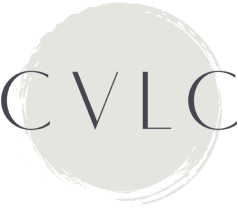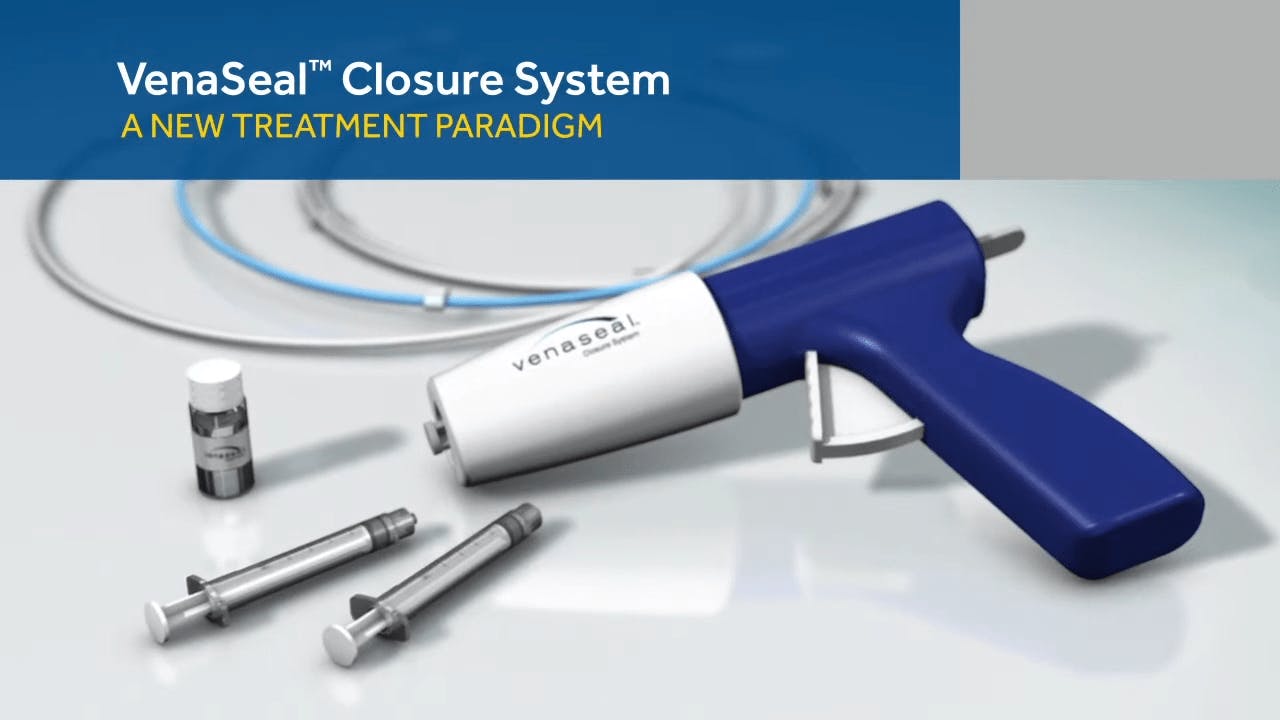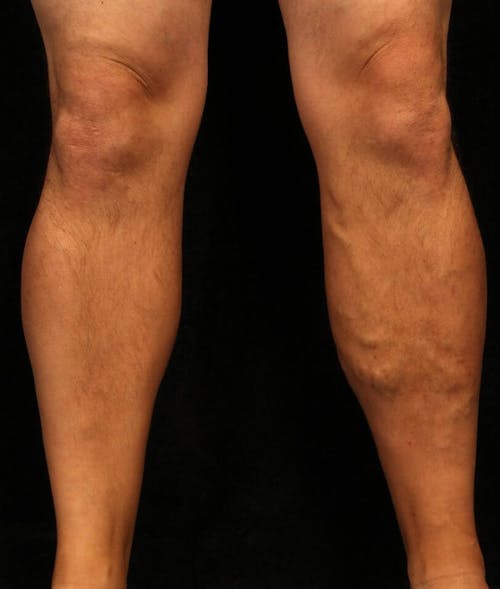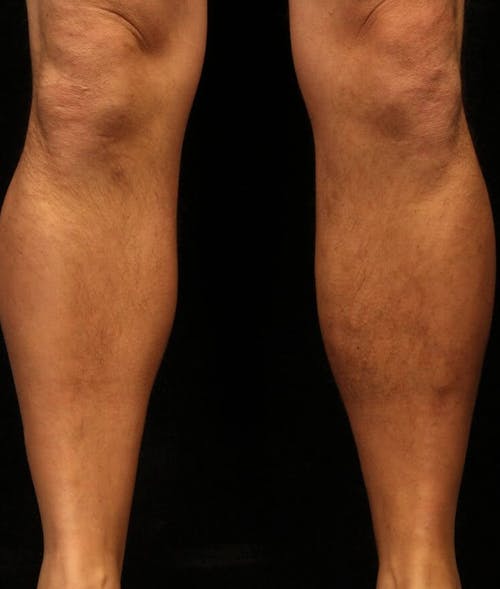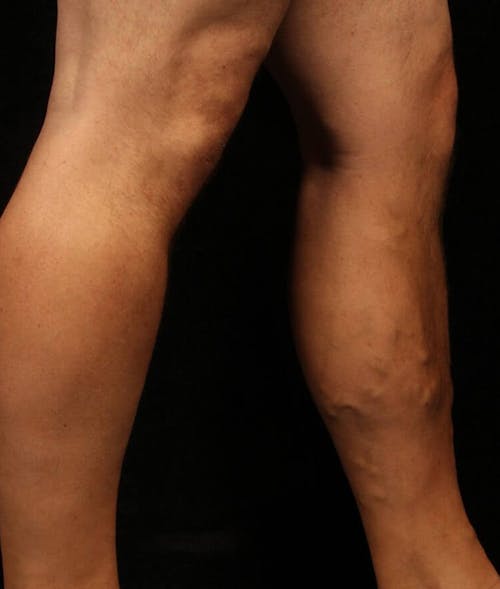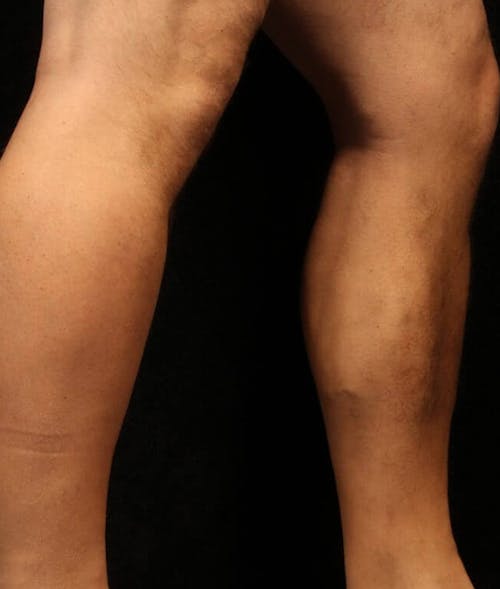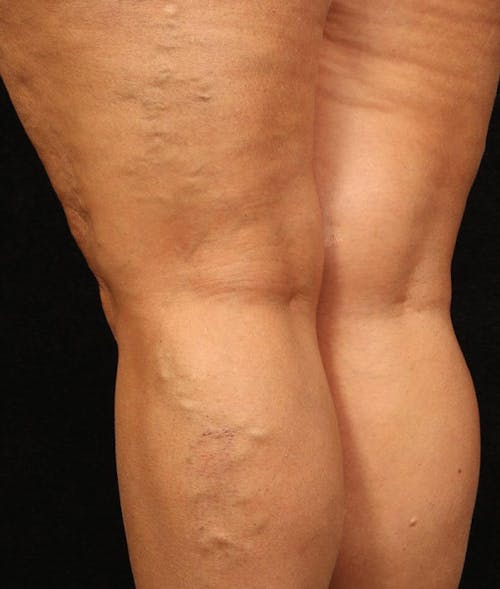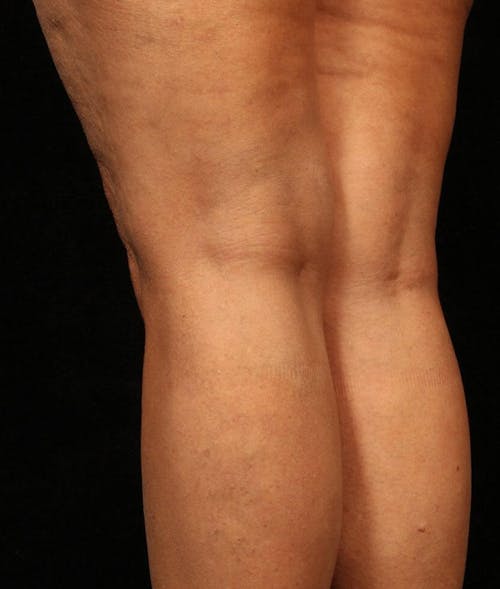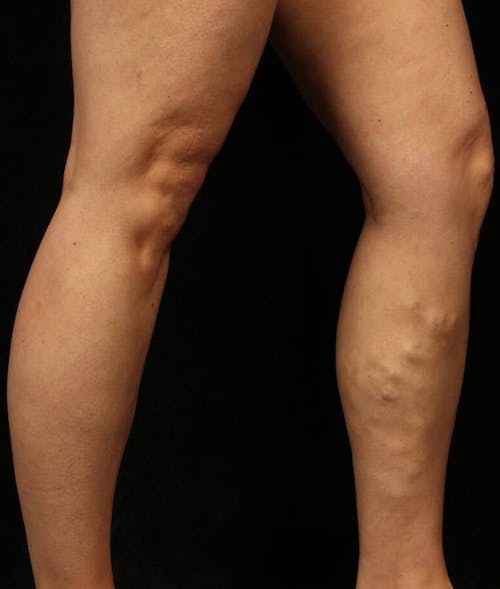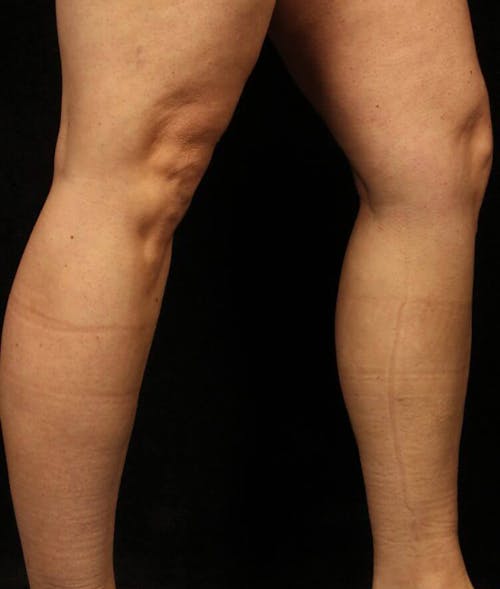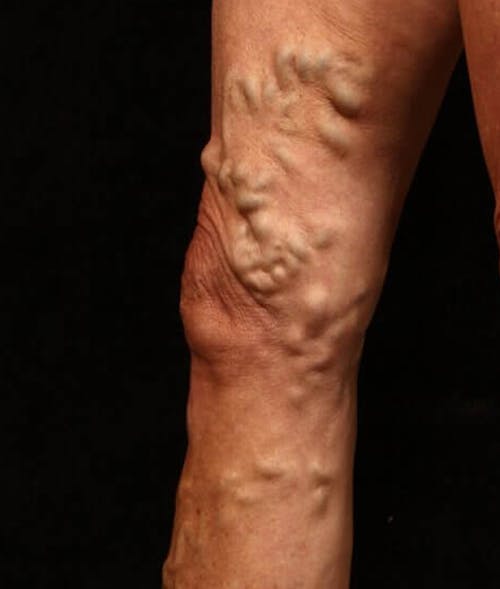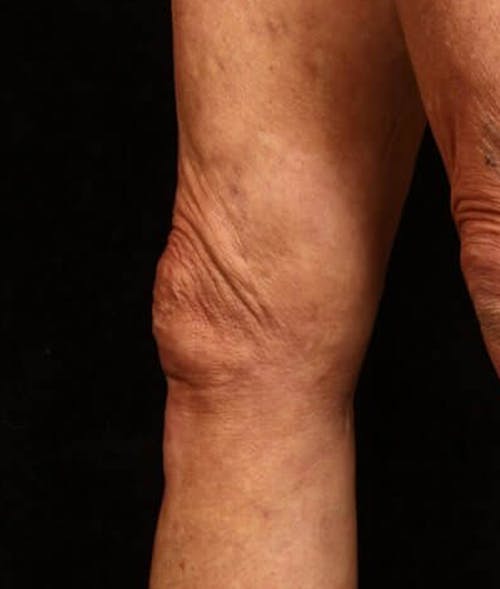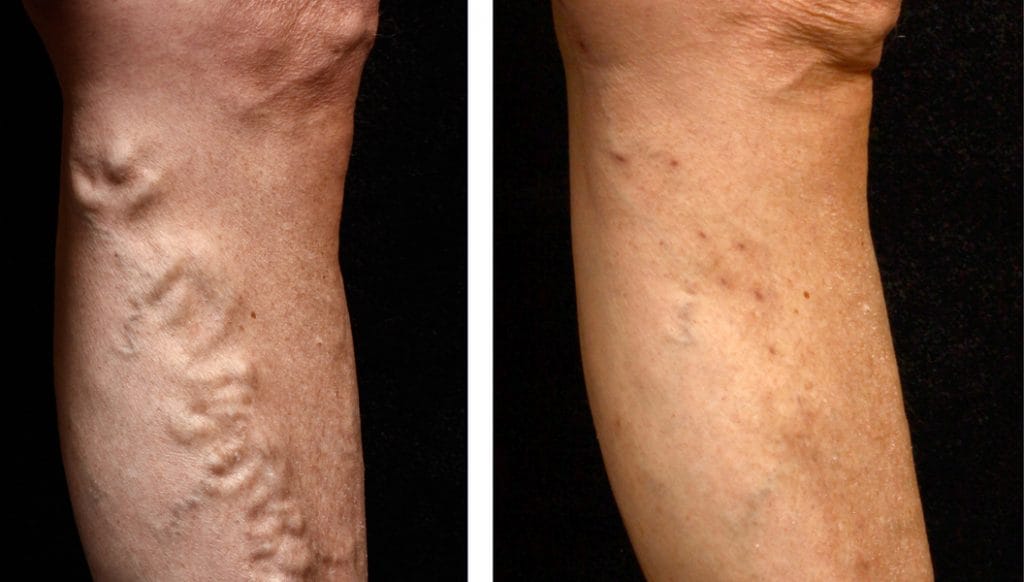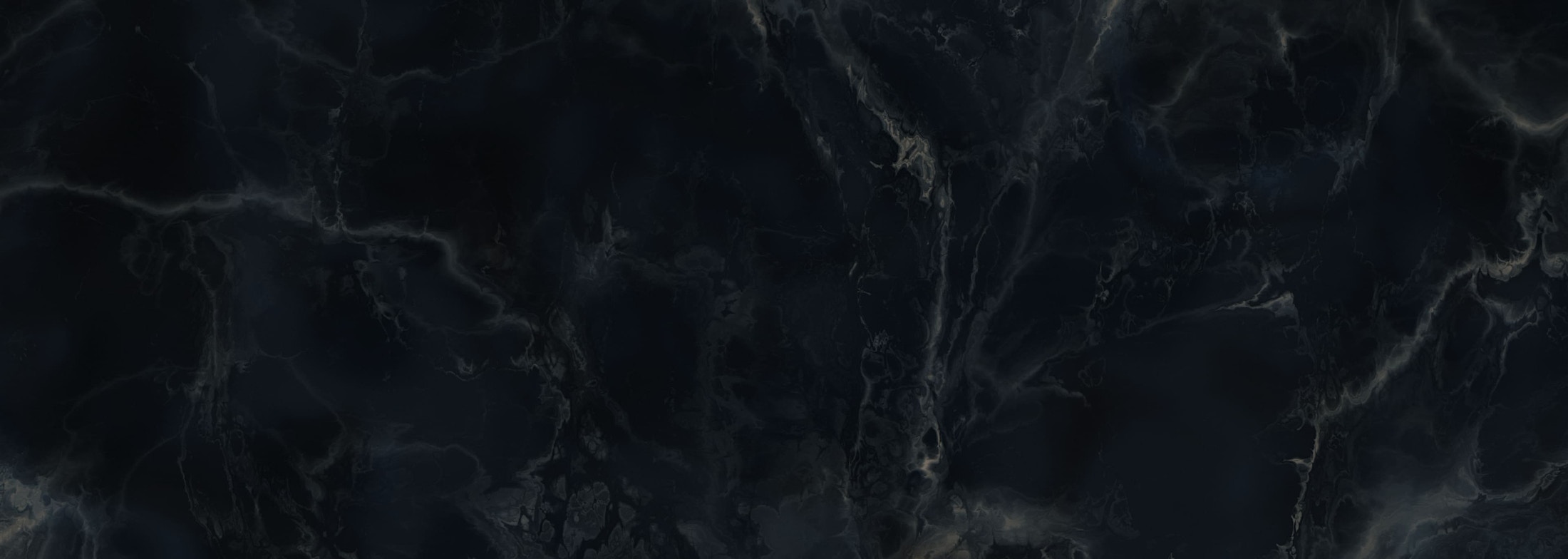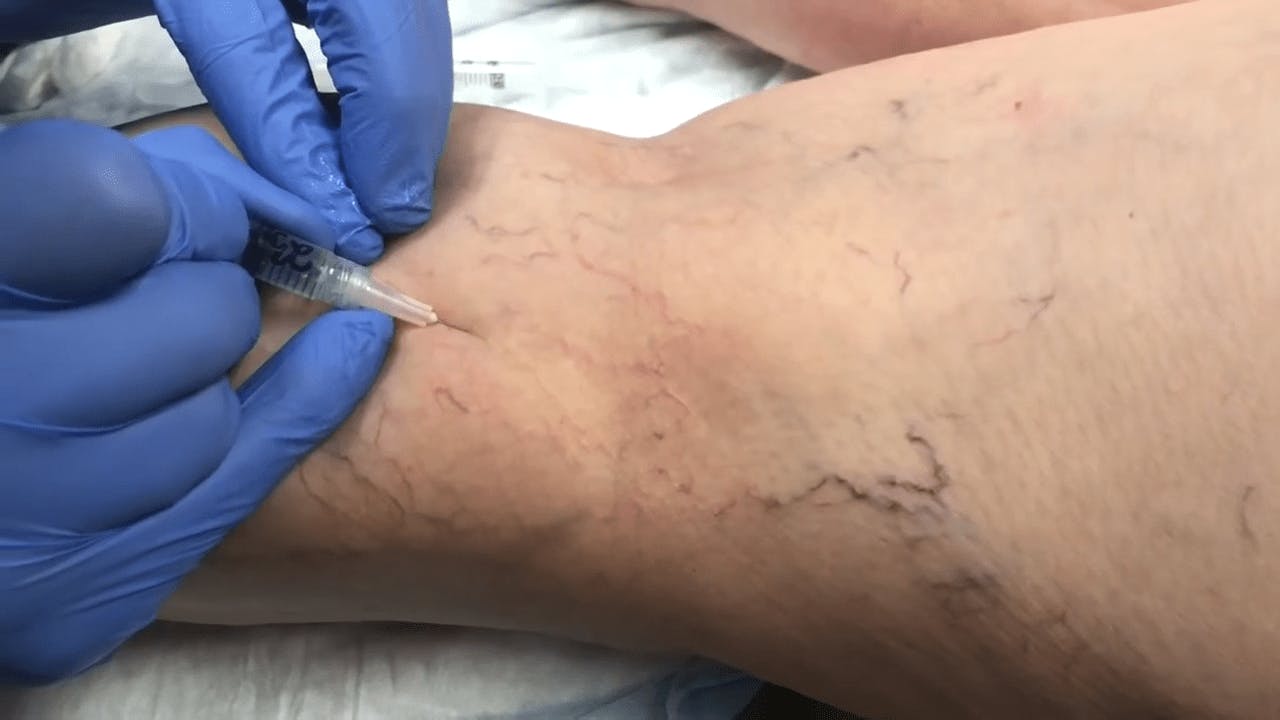We use a variety of treatments to make veins disappear and symptoms improve. These state-of-the-art advancements have made the treatment of leg veins safer, faster, more tolerable and more effective. The days of vein stripping are thankfully gone!
EVLT is an FDA-approved, non-surgical procedure in which the underlying problematic veins are treated. Endovenous Laser Therapy is performed under local anesthesia with a pinpoint-sized incision. The CoolTouch™ Endovenous Laser works by precisely heating water within the wall of the vein causing it to seal shut and disappear.
The treatment is performed with a high-tech duplex ultrasound machine to map the vein and visually guide the laser treatment. EVLT generally takes approximately 30-45 minutes and a compression stocking is worn for 7-10 days. Patients can return to a normal lifestyle right away, except for no high-impact exercise for one week.
The goal of EVLT is to eliminate the abnormal sub-surface veins so that the blood reroutes through the remaining normal veins much more efficiently. The result is reducing the abnormal pressure on the remaining veins, therefore eliminating symptoms.
